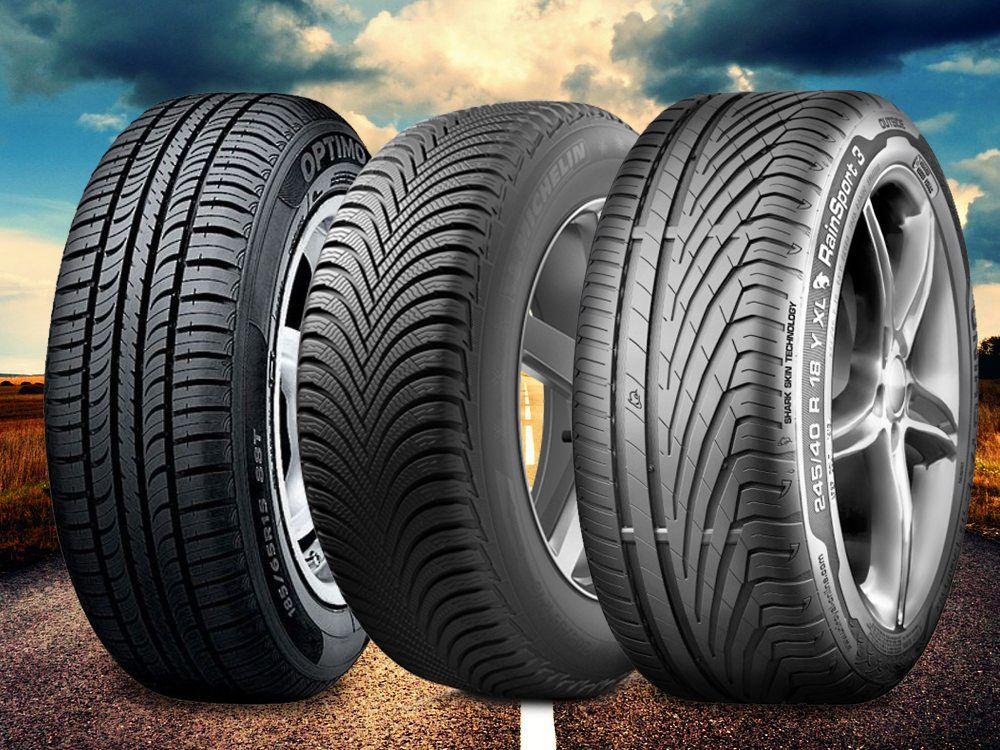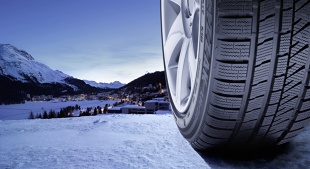
How to choose the perfect tires?
 Choosing the best tire is often a challenge even for experienced drivers. Guided only by the lowest price, customers refuse quality and efficiency, which ultimately makes savings deceptive. Remember that tires are the only element of a car that connects the driver to the road, so their importance is critical to the safety of travelers. Below we present how to choose the "perfect" tires in just a few steps.
Choosing the best tire is often a challenge even for experienced drivers. Guided only by the lowest price, customers refuse quality and efficiency, which ultimately makes savings deceptive. Remember that tires are the only element of a car that connects the driver to the road, so their importance is critical to the safety of travelers. Below we present how to choose the "perfect" tires in just a few steps.
Checking the first build
To make the right choice, it is often not enough to read basic tire information such as section width, profile, speed, and load capacity. It is absolutely essential, especially on older vehicles, to check which tires the vehicle left the factory on. It was under their size that the vehicle manufacturer adjusted all the parameters of the movement. If over the years we have managed to change the size of the rims, we should check the replacement calculators available on the Internet to find out which tire size will be the most optimal for us. Remember that the tire is not only the outer part of the wheel, it is also a key element of the entire mechanism that the vehicle is, and if it is not properly selected, it can affect the operation of internal systems such as ABS, ESP. or ASR.
Tailor your tires to your driving style
Driving style is of great importance when choosing the type of tires. Depending on the nature of the car and the desire of the driver to race, the choice of suitable tires largely determines the comfort, safety and driving satisfaction.
Drivers who prefer a sporty driving style should focus on the overloads that will affect the tire. The most important criterion when choosing a sports tire is the high level of grip due to its competitive nature. High performance tires such as the Bridgestone Potenza S001 provide very good traction for drivers who want to bring out the sporty character of their vehicle.
For lovers of long-distance travel, a touring tire will be the most suitable, thanks to which the trip will be safe, quiet, comfortable and economical in terms of fuel consumption. The advantage of touring tires is their wide range of sizes and availability, both for medium-sized cars and large premium sedans.
The main criteria for choosing tires for people driving small city cars should be comfort, safe behavior in changing urban traffic conditions and economy. Tires designed for small sedans and hatchbacks are characterized by low rolling resistance and low external noise levels. An example of such a tire is the Bridgestone Ecopia EP001S.
It's time to start the winter season
A common mistake drivers make is underestimating seasonal tire changes. It must be remembered that summer and winter tires are fundamentally different from each other not only in the tread pattern, but also in structure. Compared to summer tires, winter tires are less stiff, making them better at low temperatures. On the other hand, when winter tires are used at temperatures above 7 degrees Celsius, their service life is significantly reduced and braking ability is noticeably reduced. The same applies to summer tires, which lose their traction properties when used in winter, often lengthening the braking distance by several meters.
The right winter tires, due to their design, should effectively disperse water and slush and provide excellent traction in all winter conditions. The rubber compound hardens at low temperatures, so winter tires are enriched with additional components, such as silica gel. As a result, the optimally warm tire adheres precisely to slippery surfaces, making driving more confident and comfortable. The Bridgestone Blizzak LM-30, LM-32 and LM-35 tires are especially recommended for the most difficult winter conditions according to the test results of the German automobile club ADAC. Thanks to its high silica content and test results on the frozen lakes of Scandinavia, the Blizzak tires are recognized by leading automotive brands such as BMW, Audi and Mercedes-Benz.
How to choose a model for yourself
We already know that a safe tire is a tire that is specifically tailored to the vehicle, the driver's driving habits, their expectations and the terrain they will be driving on. In November 2012, the EU introduced a labeling obligation whereby the buyer can find out and compare selected tire parameters, i.e. fuel efficiency, wet behavior or noise. The information on the labels is very useful, but this is only a small part of the parameters needed to select the right tire. Remember that when choosing our ideal model, price should not be the main criterion. Good premium tires, thanks to the use of the latest technology, provide the driver with: safety, better handling and often a much longer life.
Where to buy?
Choosing the perfect tire is the result of a number of factors that are commonly overlooked by many drivers. Before buying, it is worth directing your steps to a professional sales service. A trained person will help us choose. “A common mistake car owners make is just the price of a tire or an attractive tread pattern. Meanwhile, the right choice of tires is a complex decision on which the safety of ourselves, passengers and other road users depends. It's worth trusting the experts to help you choose the right assortment,” says Piotr Balda, manager in charge of Bridgestone's First Stop network.
To summarize, when buying new tires, pay attention to elements such as:
1. Dimensions and original manufacturer's recommendations
2. Driving style
3. Tire rating based on independent tests
4. Tire manufacturer
5. Label on the protector
6. Model
7. Price